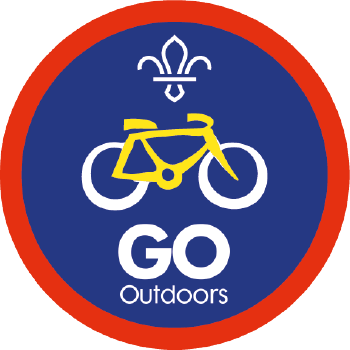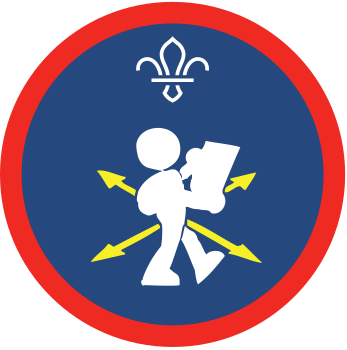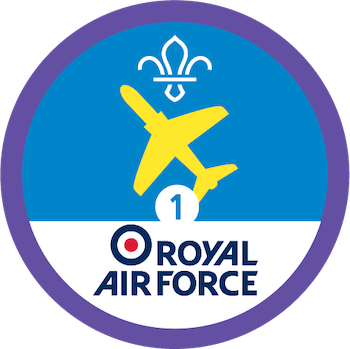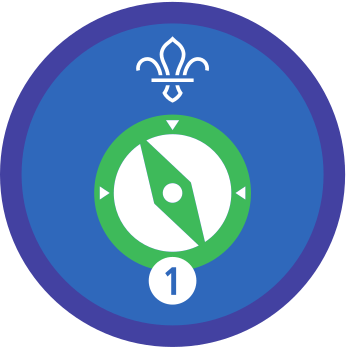Scale it up
You’ll need
- Scrap paper
- Pens or pencils
- Local, waterproof OS maps of scale 1:25000 and 1:50000, or printed sheets of the same local map pages
- Waterproof map cases, if needed
- Tables and chairs, if needed
- Whiteboard marker and cleaner
- Paper towels
Before you begin
- Photocopy or print a section from the local 1:25000 map. Draw a route on it that follows footpaths and roads with right of access. This should come full circle, starting and finishing in the same place.
- Check that your maps for this activity have the location of your meeting place on them. If not, find some that do.
- Set out both types of local map (1:25000 and 1:50000), whiteboard pens, paper and writing materials around your meeting place.
Route drawing
- Split everyone into small groups of no more than four. Each group should go and sit by some maps, pens and paper.
- Explain that everyone will be creating a set of directions for another group to follow. When followed, these should become a route on a map. Show everyone the example route created earlier and explain that their finished route should look like that, but a different shape.
- Groups should lay out both their maps so everyone can see. Discuss the differences between the maps. Think about the scenarios in which you might choose one of the maps over the other. Think about the level of detail, size of area covered and the colours.
- Have everyone fold up the 1:50000 maps for now, and orientate the 1:25000 maps by turning them to show the same direction you’re facing. If anyone knows which way north is, they should point the top of their map that way.
- As groups, they should decide on a route. Pick a place to start and end, and write down its six-figure grid reference on some paper. Next, begin writing the route directions, using specific instructions rather than road or place names (for example, ‘go left’ instead of ‘head down the high street’).
- When everyone’s finished their directions, they should swap them with another group. Using the 1:25000 map in a waterproof case, follow the directions using the whiteboard marker on the map.
- Unfold and case the 1:50000 map, and follow the same set of directions on this map. Remember to orientate it first!
- When everyone’s done this, place all the maps in the centre of the activity area. Both of each group’s maps should be next to one another.
- See if anyone can explain why the pictures are different sizes. Ask the group which map they found the easiest to use, and which one they’d take if they were going on a hike around the local area.
Reflection
Maps come in a number of scales and each scale is suited to a different task. Being able to compare and use scales allows us to adapt to changing situations. What situation do you think might require you to change maps? Imagine you’re on a hike around your local town with a 1:50000 map, or on an expedition across a country with a 1:25000 map. What are the drawbacks of using these particular scales?
Everyone had to come up with a route and write simple instructions for another group to follow. Was this easy with the maps you were using? Was there much difference when drawing on both scales? As a team, you also had to follow a route. How did you work together to solve any problems and complete the picture?
Safety
All activities must be safely managed. You must complete a thorough risk assessment and take appropriate steps to reduce risk. Use the safety checklist to help you plan and risk assess your activity. Always get approval for the activity, and have suitable supervision and an InTouch process.
- If you’ve got more local maps in different scales, give these a go too!
- Groups are welcome to try and make more complex shapes with their routes to give each other a challenge, if there’s time. If you can type up or make copies of the group’s directions, you could have the groups race to see who can complete all the routes the fastest on both maps.
- Make sure everyone has everything they need to complete the tasks in this activity. Have helpers or group members lend a hand with any fiddly bits.
- This is probably best run with each group seated around a table, to give everyone a surface to lean on, and so everyone can see the maps.
- Print maps with the smaller details enhanced so that everyone can see them clearly.
All Scout activities should be inclusive and accessible.
Take this further by completing the Compass drawings activity and use a tracking app to draw your picture while you are out walking.
Everyone was able to create their own routes and use them to explore the differences between two map scales, commenting on the aspects they found easier or more challenging.



